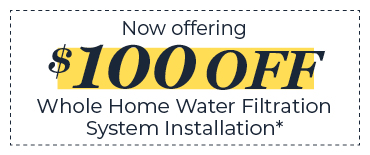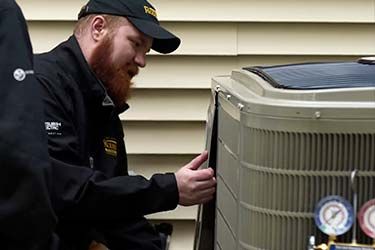

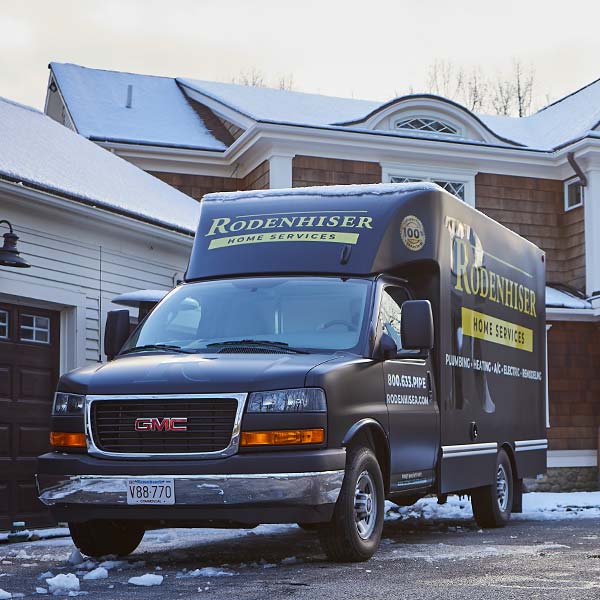

Ice Dam Prevention: 3 Key Measures You Should Be Taking Now
Although winter in New England can be mild at times, there are more often than not months that bring heavy snow, cold temperatures and ice dams on your roof. Ice dams are not only a safety hazard for people standing under roof eaves, but they also can damage your roof, and the ice can melt and enter your home.
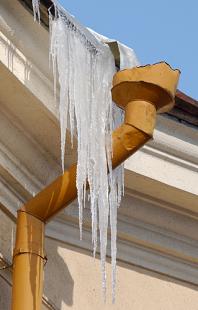
These dams generally indicate that you may have air leaks in your home's ductwork or sources of air infiltration in your attic. An ice dam occurs when ice forms at the edges of your roof. This tends to happen when the indoor air warms your attic, and causes the snow to melt and collect at the colder edges of the roof. When it melts, it can seep through your roof, even into your home's walls and ceilings, and cause damage.
Consider the following steps you can take for ice dam prevention:
- Clean any debris out of the gutters along the perimeter of your roof. When the melting snow or ice cannot drain, it builds up along the roof, creating the ice dams.
- Inspect any ductwork that runs through your attic. If it's insulated or hard to access, consider contacting an HVAC technician who has the tools and training to find any leaks. If you can access the ducts and find loose connections, use metal tape or mastic sealant instead of duct tape to seal around the pipes, as the adhesive on duct tape is short-lived. If your ducts are fine, add more insulation to the attic floor to prevent warm air from radiating from your ceilings into your attic.
- Verify that enough ventilation exists for the eaves of your roof, so that the temperature outdoors is the same temperature along the edges of the roof. Inspect the insulation next to the edges of the attic, and pull away any insulation that is blocking vents.
If you'd like to learn more about preventing or fixing air leaks that cause ice dams, contact Rodenhiser Plumbing, Heating & Air Conditioning. We serve the Route 495 and 128 area in Medway MA.
Our goal is to help educate our customers about energy and home comfort issues (specific to HVAC systems). For more information about other HVAC topics, download our free Home Comfort Solutions Guide.
Ice dam image via Shutterstock
Nice people.
Great service.
Since 1928Terms & Conditions | Privacy Policy





Read From Over 14,000 Happy Customers
-
Both Alex and Patrick were knowledgeable, courteous, and professional. They made a change that might have solved the recent problem and have structured a more complete solution. We agreed to this...

-
Mike was thorough, thoughtful and considerate. Covered their shoes before entering, surveyed my issue and provided an explanation of the services and costs. Great Job!

-
Alex did a great job providing an explanation of the services provided and went out of his way to offer assistance/advice on other issues outside of our scheduled maintenance visit.

-
Brian did an excellent job inspecting our 18-year old boiler and replacing some of the accessory hardware that needed it, he also adjusted the outgoing hot water settings for our radiators and...

-
Rodenhiser is my one stop shop!!! They take care of my HVAC, electrical, and plumbing issues & are always helpful addressing any questions I may have about the systems in my house! Everyone...

-
Chris G. and Nick V. showed up bright and early at 8am to fix my water heater issue. They were on time, polite and were able to fix an issue that has been plaguing my house for a good year. They...

Call Rodenhiser at
508-321-3089
Call Rodenhiser at 508-321-3089
When you are looking for plumbing, electrical, heating or air conditioning in the Route 495 / 128 area, you will be delighted that you called Medway MA' trusted choice since 1928.
With a total dedication to professional workmanship and excellent service, discover why families and businesses continue to trust Rodenhiser after generations of service
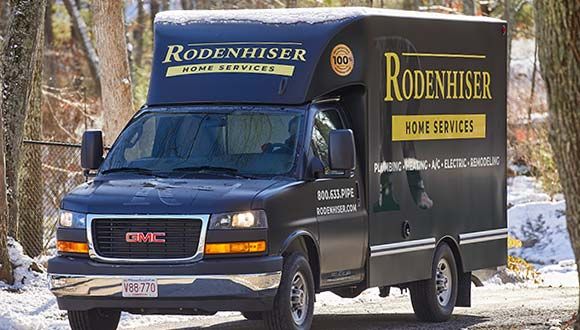
Trusted Plumbers
Fast, On Time
HVAC Experts
Satisfaction Guaranteed
Expert Electricians
Maintenance Plans
CONTACT RODENHISER TODAY
325 Hopping Brook Rd Holliston MA 01746.
-
Master Plumber: #10961
-
Corporate Plumbing: #2288
-
Master Electrician: #23917A
-
Electrical Business: #4804
-
Master Sheet Metal (Unrestricted): #5867
-
Corporate Sheet Metal: #641
-
Home Improvement Contractor: #188806
*Heating system check terms and conditions: Residential Only. Must reside within our service area. Offer only available to 1 unit per household additional units are at full price. Can not be combined with other offers
*Late Season Special Extra Conditions: Gas Systems only. No Discounts on oil systems. Promotional price limited to one system per home, additional systems will be charged at full price. Residential Systems only. Must reside within our service area. *For EV Charger Offer also: valid only when the system is purchased through Rodenhiser.


